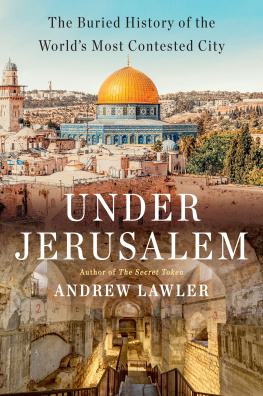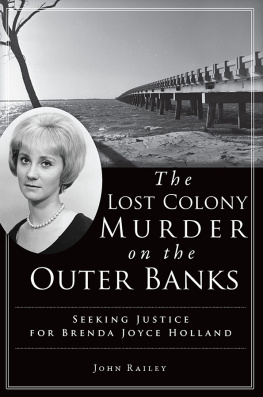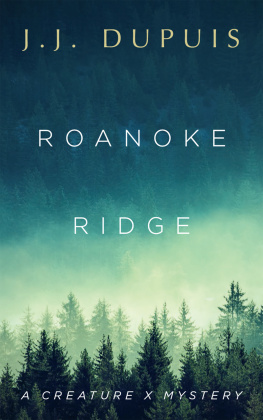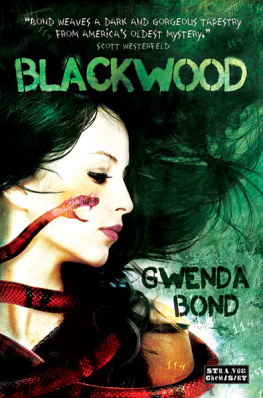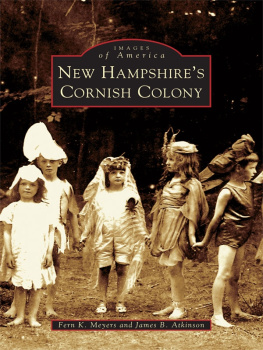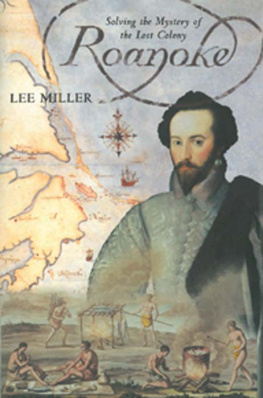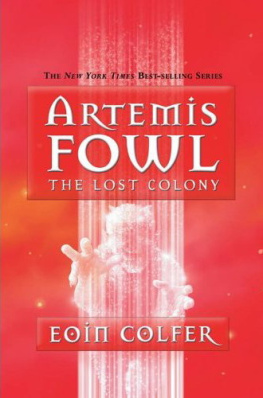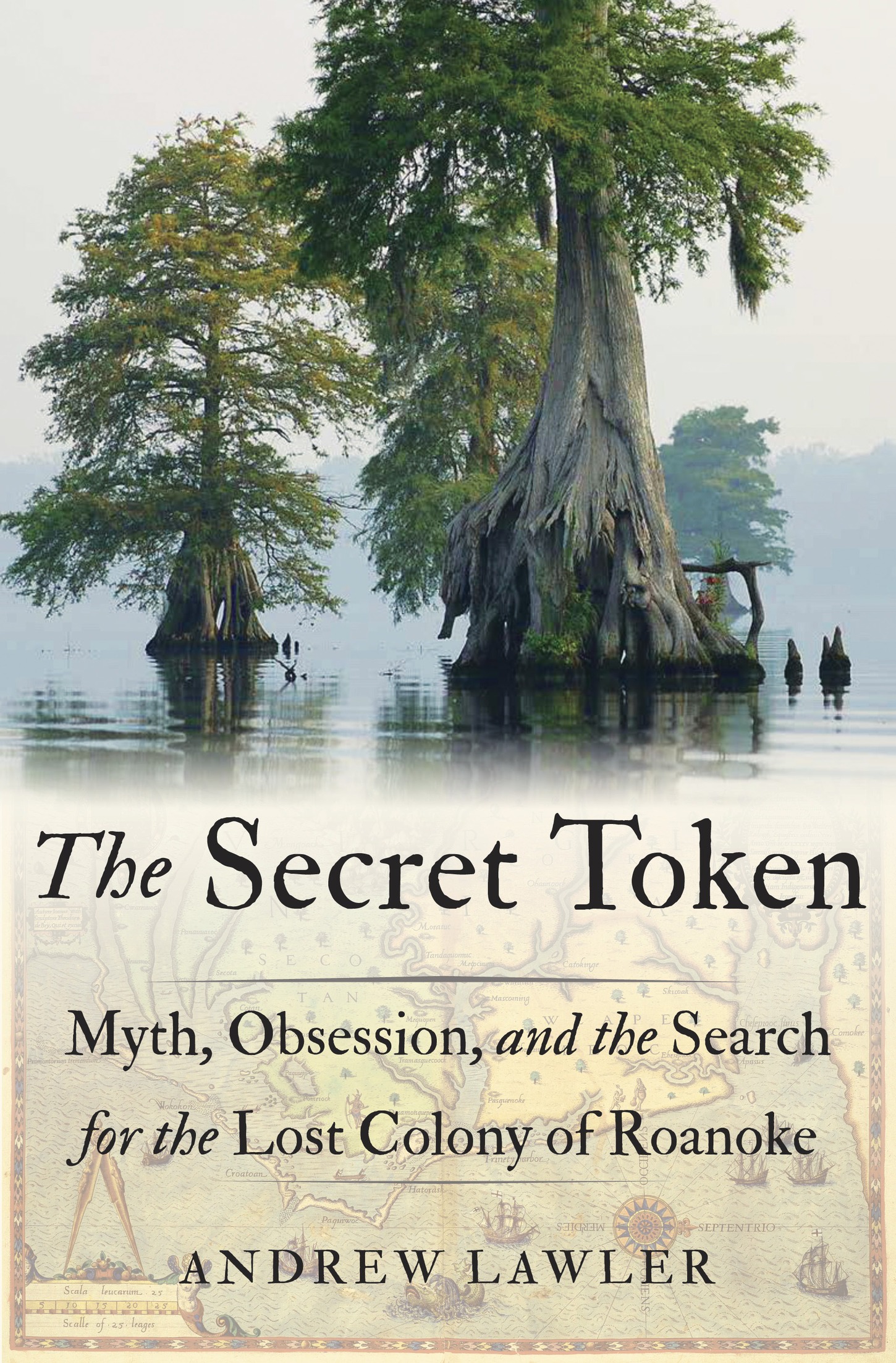ALSO BY ANDREW LAWLER
Why Did the Chicken Cross the World?: The Epic Saga of the Bird That Powers Civilization
Copyright 2018 by Andrew Lawler
All rights reserved. Published in the United States by Doubleday, a division of Penguin Random House LLC, New York, and distributed in Canada by Random House of Canada, a division of Penguin Random House Canada Limited, Toronto.
www.doubleday.com
DOUBLEDAY and the portrayal of an anchor with a dolphin are registered trademarks of Penguin Random House LLC.
Maps in text designed by Jeffrey L. Ward
Cover design by Nicholas Alguire
Cover images: (top) Rebecca Wynn/USFWS; (bottom): Americae pars, nunc Virginia, 1590 by Theodore de Bry, courtesy of The Mariners Museum and Park
Library of Congress Cataloging-in-Publication Data
Names: Lawler, Andrew, author.
Title: The secret token : myth, obsession, and the search for the lost colony of Roanoke / by Andrew Lawler.
Description: First edition. | New York : Doubleday, [2018] | Includes bibliographical references.
Identifiers: LCCN 2017045395 | ISBN 9780385542012 (hardcover) | ISBN 9780385542029 (ebook)
Subjects: LCSH: Roanoke Colony. | Roanoke Island (N.C.)History16th century.
Classification: LCC F229 L39 2018 | DDC 975.6/175dc23
LC record available at https://lccn.loc.gov/2017045395
Ebook ISBN9780385542029
Map: This de Bry engraving of Virginia, published in 1590, likely was based on detailed cartographic data gleaned by Harriots travels in the region in 1585 and 1586.
v5.3.1
ep
For Bear
Contents
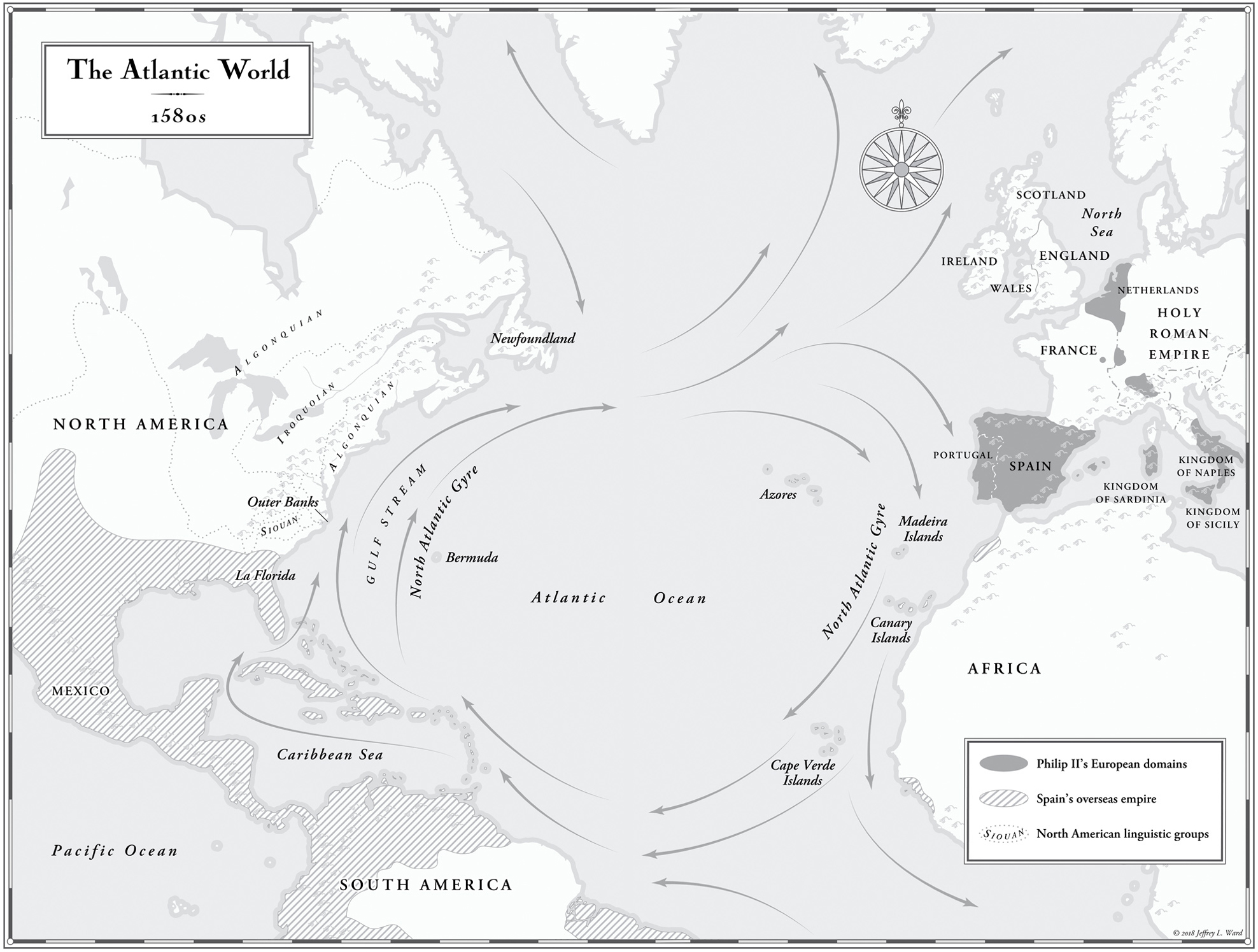
Cast of Characters
PART ONE: THE PLANTING
JOHN WHITE: London artist and Lost Colony governor
SIR WALTER RALEIGH: Brash English knight in the court of Queen Elizabeth I, who sponsored the Roanoke effort
RICHARD HAKLUYT THE ELDER: London lawyer, map collector, and Raleigh mentor
RICHARD HAKLUYT THE YOUNGER: Priest, spy, and colonization visionary
SIR FRANCIS WALSINGHAM: Elizabeth Is secretary of state, renowned spymaster, and Roanoke investor
THOMAS HARRIOT: Oxford-trained scientist, explorer, and the first Englishman fluent in Carolina Algonquian
SIMO FERNANDES: Portuguese-born pirate, experienced navigator, and Roanoke pilot
RALPH LANE: Military commander appointed by Elizabeth I to govern the first Roanoke colony
JOACHIM GANS: Jewish metallurgist, member of first Roanoke colony and first documented Jew in North America
MANTEO: Croatoan Indian and key English ally
WANCHESE: Secotan Indian who opposed English rule
SIR RICHARD GRENVILLE: Feudal lord, admiral, and cousin to Raleigh
GRANGANIMEO: Brother of King Wingina and Secotan elder who lived with his wife on Roanoke Island
KING WINGINA: Secotan leader who controlled coastal mainland of North Carolina
SIR FRANCIS DRAKE: English privateer who brought Africans to the Carolina coast and rescued the first colony
PART TWO: THE SEARCH
JOHN SMITH: Jamestown captain who gathered Lost Colony intelligence
POWHATAN: Virginia Algonquian leader at Jamestowns founding, accused of massacring Lost Colonists
DAVID BEERS QUINN: Twentieth-century Irish historian and dean of Roanoke researchers
IVOR NOL HUME: London-born archaeologist and colonial America specialist who excavated Fort Raleigh in the 1990s
PHIL EVANS: Founder of First Colony Foundation
NICK LUCCKETTI: First Colony Foundation archaeologist
BRENT LANE: University of North Carolina heritage economist
FRED WILLARD: Former race car driver, wrestling coach, and maverick Lost Colony seeker
DAVID PHELPS: East Carolina University archaeologist who first excavated Hatterass Cape Creek site
SCOTT DAWSON: Hatteras native who co-founded the Croatoan Archaeological Society with his wife, Maggie
MARK HORTON: Croatoan Archaeological Society archaeologist from the University of Bristol
LOUIS HAMMOND: Purported California retiree and finder of the Dare Stone in the 1930s
HAYWOOD PEARCE: Emory University and Brenau College historian who led the analysis of the Dare Stone
ED SCHRADER: Current Brenau president, geologist, and keeper of the Dare Stone
PART THREE: THE REVELATION
VIRGINIA DARE: Daughter of Eleanor and Ananias Dare and first English child born in the New World
GEORGE BANCROFT: Harvard professor and father of American history who gave Roanoke a romantic twist in the 1830s
ELIZA LANESFORD CUSHING: Boston-born author and later a Canadian who coined the term Lost Colony in the 1830s
MARIA LOUISA LANDER: Salem-born sculptor in Rome who created the Virginia Dare National Statue in the 1850s
SALLIE SOUTHALL COTTEN: Doeskin-wearing North Carolina author of a popular 1901 Roanoke poem
REVEREND DONALD LOWERY: Present-day Episcopal priest and Lumbee Indian who helped make Virginia Dare and Manteo saints
ROBERTA ESTES: Midwestern computer scientist attempting to trace the Lost Colonists using genealogy and DNA
MARILYN BERRY MORRISON: Current chief of the Roanoke-Hatteras tribe who claims descent from the Lost Colonists and Native and African Americans
Prelude
On August 15, 1590, two English ships, the Moonlight and the Hopewell, dropped anchor off the Outer Banks of North Carolina. Beyond the slender strip of sand and dense forest, a hazy sun descended over the Pamlico Sound, its calm waters seeming to stretch as far to the west as the Atlantic did to the east. Gripping the rail of the Hopewell, as the ship rose and fell on the gentle ocean swells, Governor John White watched with growing elation as a great plume of smoke climbed into the sticky air of the late afternoon sky.
The source of the fire was Roanoke Island, which lay a dozen miles to the northwest in the shallow sound. The signal put us in good hope that some of the colony were there expecting my return out of England, he recalled later. White had left more than one hundred settlers there, including his only child and her newly born daughter, before embarking on a six-month mission to gather supplies and new colonists. Those six months had become three nightmarish years, comprising a series of mishaps that would have tested Job.
Until spotting the smoke, the middle-aged Londoner had had no way of knowing what had become of his settlers who made up the first English colony in the New World, which Walter Raleigh, an influential knight in Queen Elizabeth Is court, had appointed him to lead. They might have died from disease or starvation or fallen victim to Spanish or Native American enemies. They could have moved to another location or, in desperation, tried to sail back to England in their small boats, only to drown. The rising column seemed a sure sign that the colonists had spotted his ship. He anticipated a happy homecoming.


